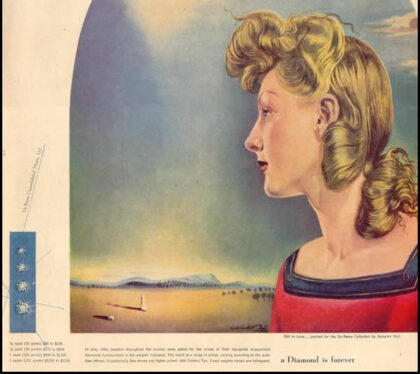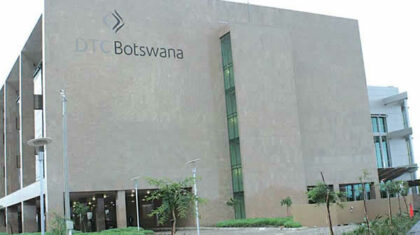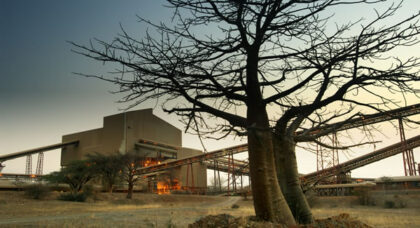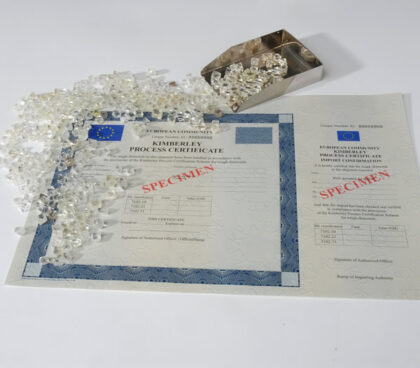
Labs grade diamonds, but who grades the labs?
JCK sent a single diamond to a quartet of industry labs to gauge their consistency (or lack thereof).
Sign-up for La Lettre from R&M to get the essentials of current affairs in the diamond industry and privileged access to the articles published below
We keep your data private and only share it with third parties that make this service possible. Read our Confidentiality Policy for more information.

JCK sent a single diamond to a quartet of industry labs to gauge their consistency (or lack thereof).

Frances Gerety wrote “A Diamond Is Forever” for an advertising campaign for De Beers in 1947, and wrote all of the company’s ads for 25 years.

Unique diamonds are the talk of the town. While the rest of the trade struggles along, dealers at this week’s Basel show reported strong demand at the very top-end of the market.

Over the past ten years, Dubai has firmly secured a footing as a world diamond and jewelry manufacturing center.

Over $3 billion (P25 billion) worth of diamonds have been aggregated in Gaborone and distributed to three countries since the relocation of the exercise from London in August last year, Mmegi reported.

Investors interested in the diamond junior sector should set out with an awareness of three key facts: the process of taking a mine from exploration to production is long, expensive and has an extremely low success rate.

Anglo American, which completed the consolidation of its 85-percent stake in De Beers last year, has gained control over the world’s largest diamond mining company possessing unique assets, a distribution network and brands, one of which, “A diamond is forever,” is recognized as the most effective slogan of the 20th century.

In many respects, the contrast could not have been starker. Two vastly different diamond industry events took place this week, one in Dubai and the other in Ramat Gan, seemingly with different agendas and each reflecting different aspects of the trade.

The World Diamond Council (WDC) was established in 2002 to pool the efforts of the two pace-setting players in the global diamond market, the World Federation of Diamond Bourses (WFDB) and the International Diamond Manufacturers Association (IDMA) for their team work within the Kimberley Process.

There is an increasing unease in the diamond trade that the banks are reducing their exposure to the industry. For a trade so heavily reliant on credit, the concern is justified.

India’s Gem and Jewellery Export Promotion Council (GJEPC) tends to set an ambitious agenda for itself. With around 5,300 members across India, the industry body is tasked with lobbying government, trade and consumers to ensure growth for the gems and jewelry sector.

Diamond business, like any other, is subject to cyclicality. All of us could see this clearly quite recently – from 2008 to the current year, 2013. The intensive growth of the world’s economy and Russia’s in particular, provoked an outburst of trade in rough and polished diamonds in the mid-2000s.